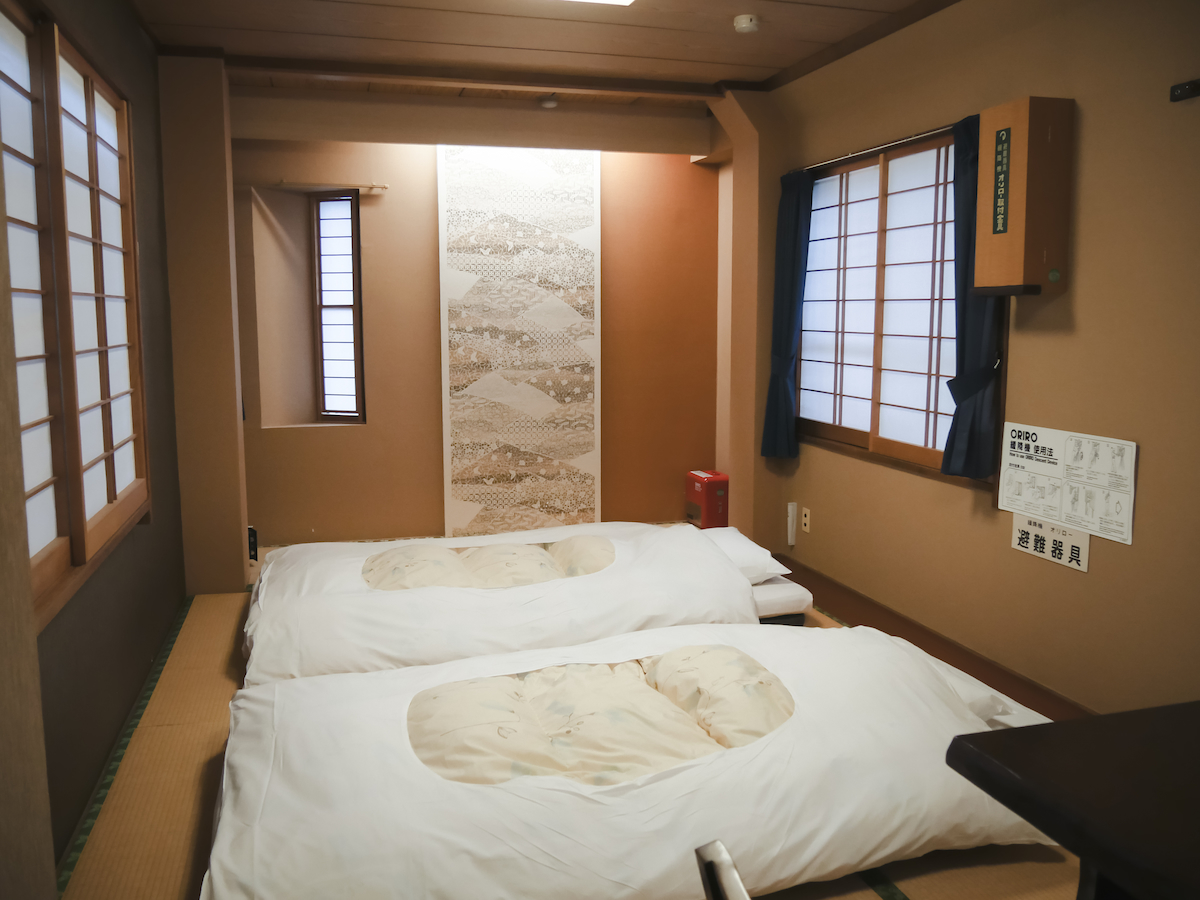Ryokan Kamogawa: A Traditional Inn in the Heart of Asakusa
Welcome to the second series of Tokyo Ryokan Stories. I’m Roza Akino, and I live and work in Japan. In these posts I will be exploring even more ryokan and hotels throughout Tokyo, so if you are planning a trip to the city, stay tuned—you just might find the perfect place for your upcoming stay.
It’s autumn now and the smell of rain still lingers in the crisp air. I make my way from the station to the ryokan. With the opening of Japan’s borders, Asakusa is well on its way to returning to the hustle and bustle of pre-covid times. People walk through nakamise-dori, the main street leading up to the temple, enjoying the various foods and shops along the way.
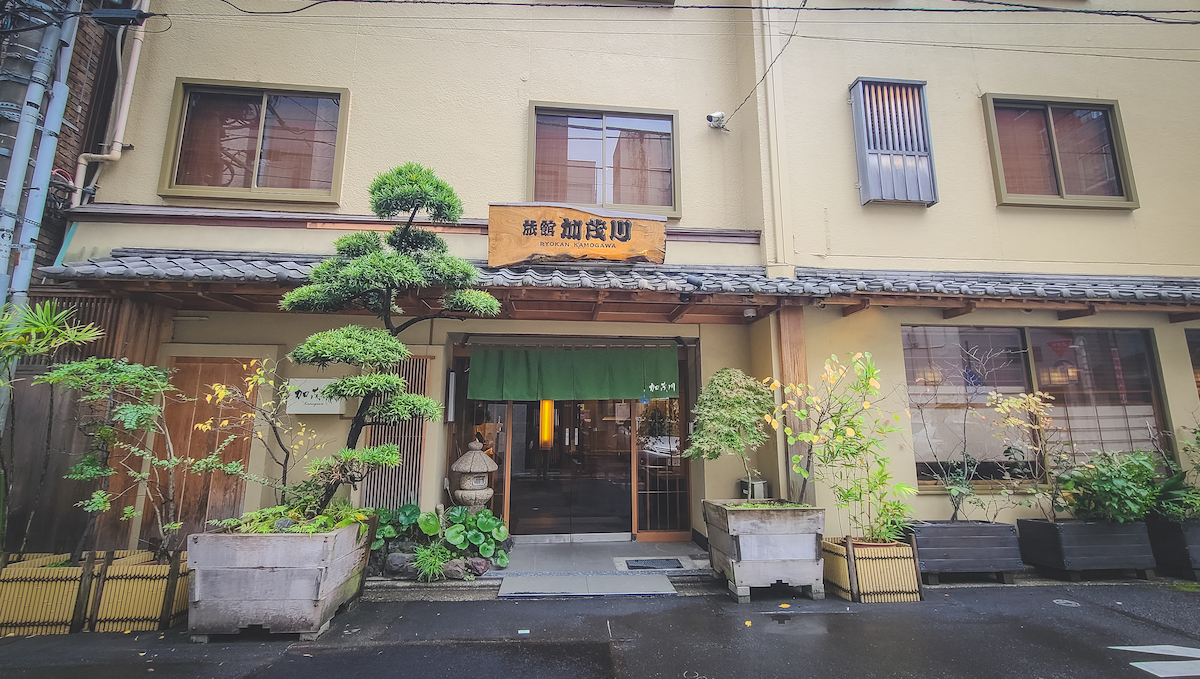
I arrive to a very traditional-looking entranceway, lined with plants in square pots, their shape carefully curated with precision. The wooden sign above the entrance is carved in calligraphic characters. Below it, a small stone lantern stands to the side of the automatic sliding door, ready to greet the guests.

Yajima-san brings me a cup of coffee, freshly brewed from beans. This coffee maker, as well as various teas, is available for guests to enjoy at their leisure during their stay.

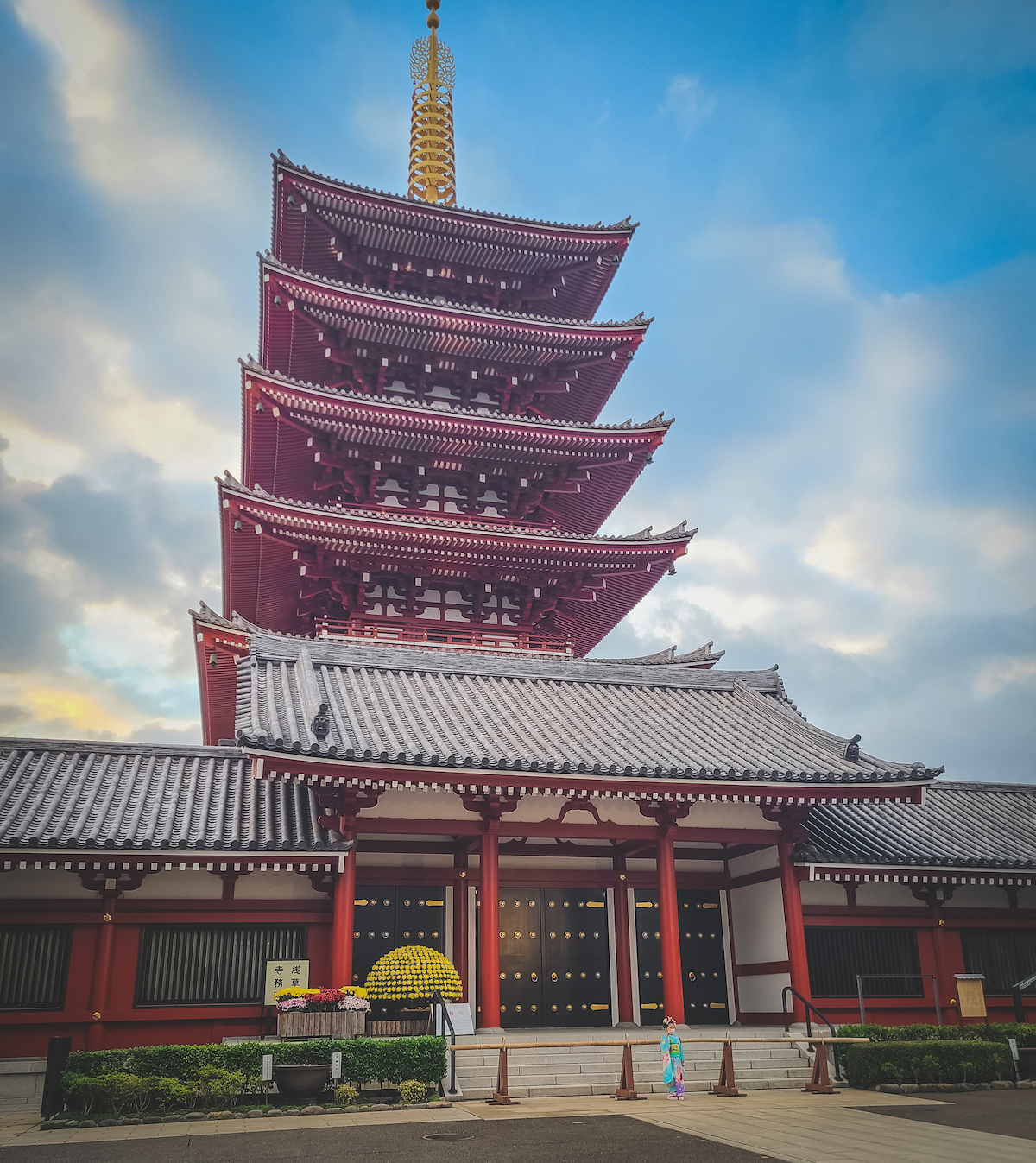
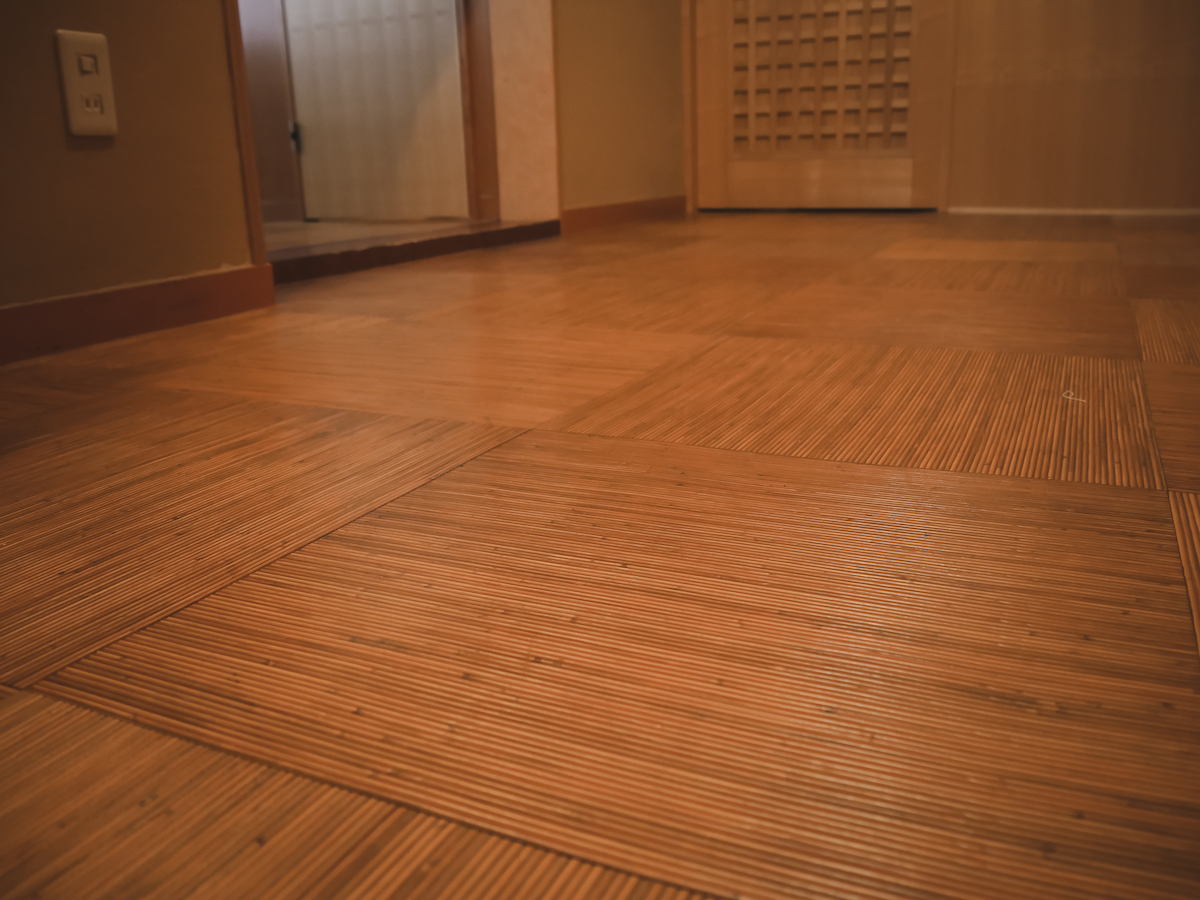
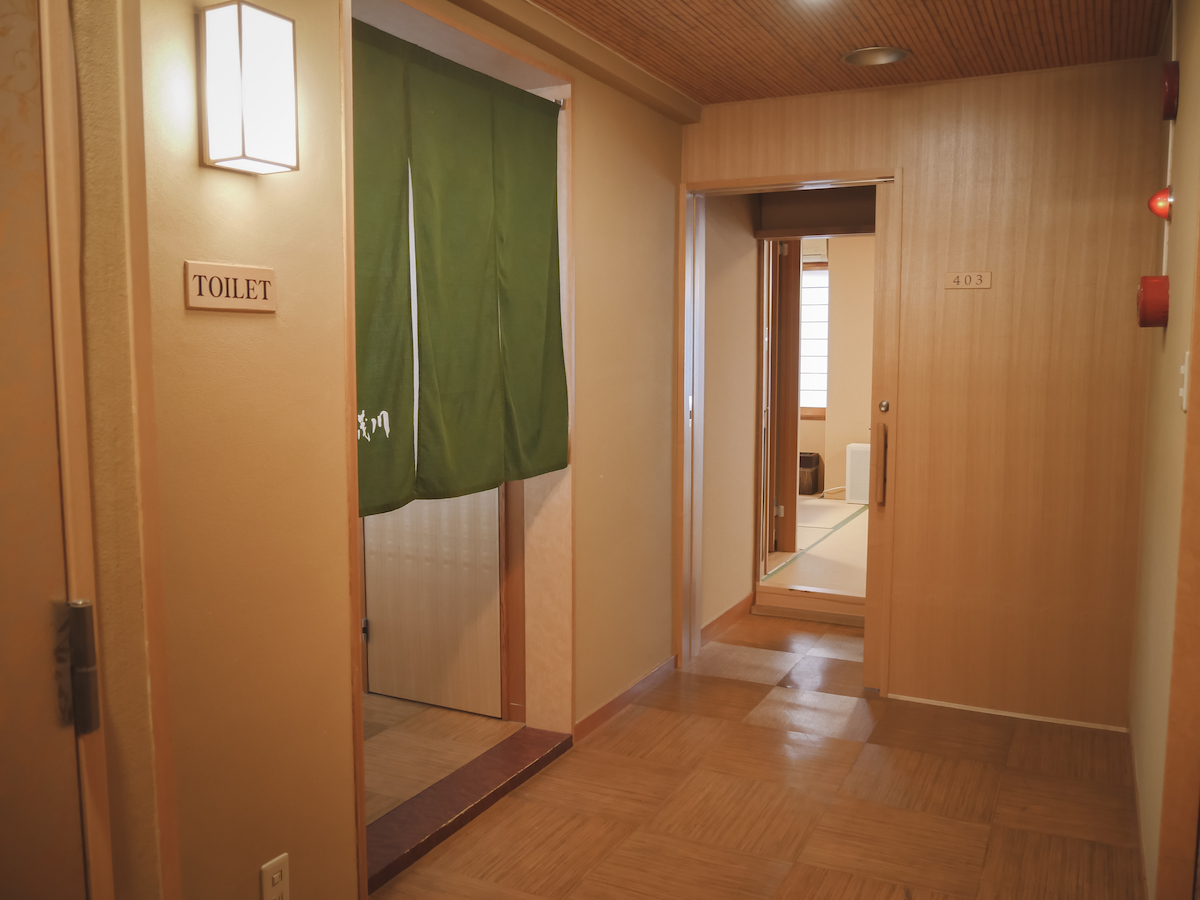
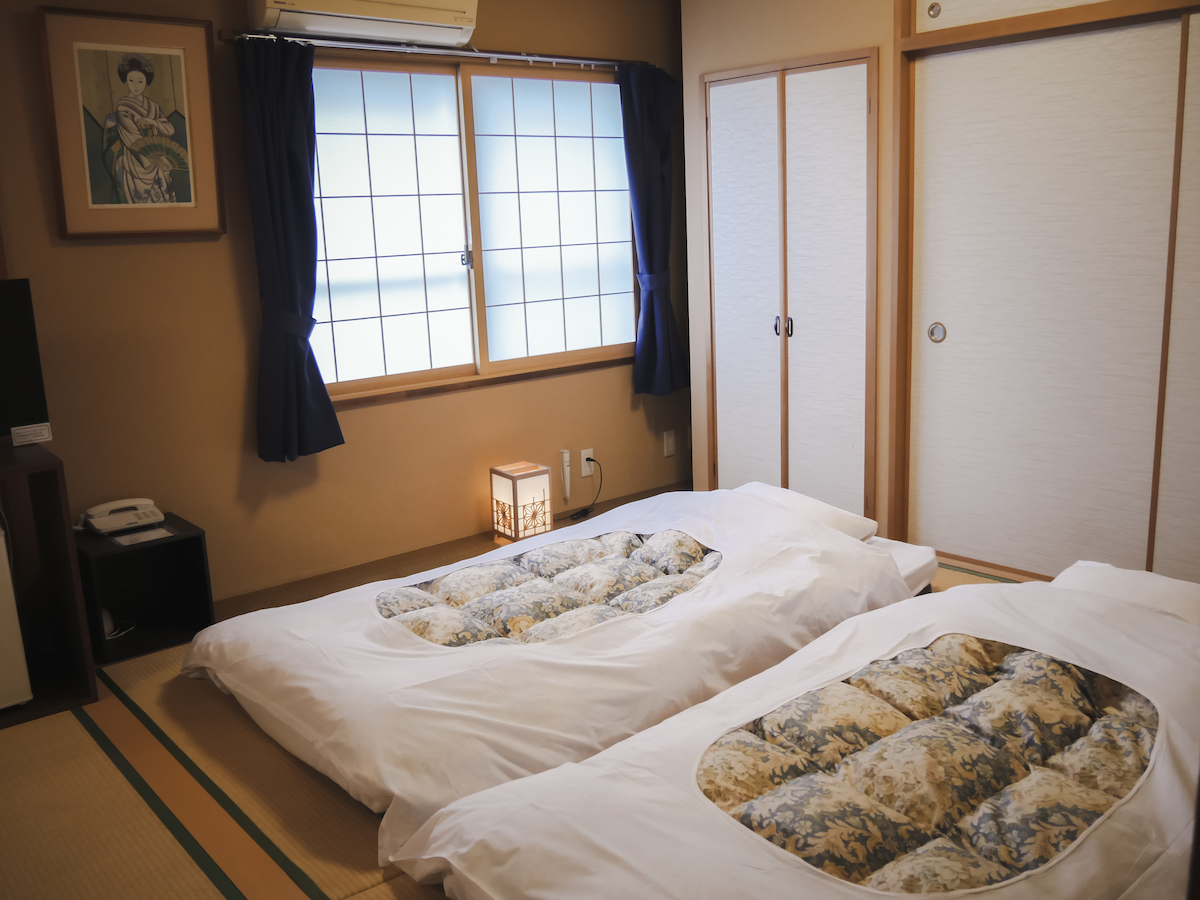
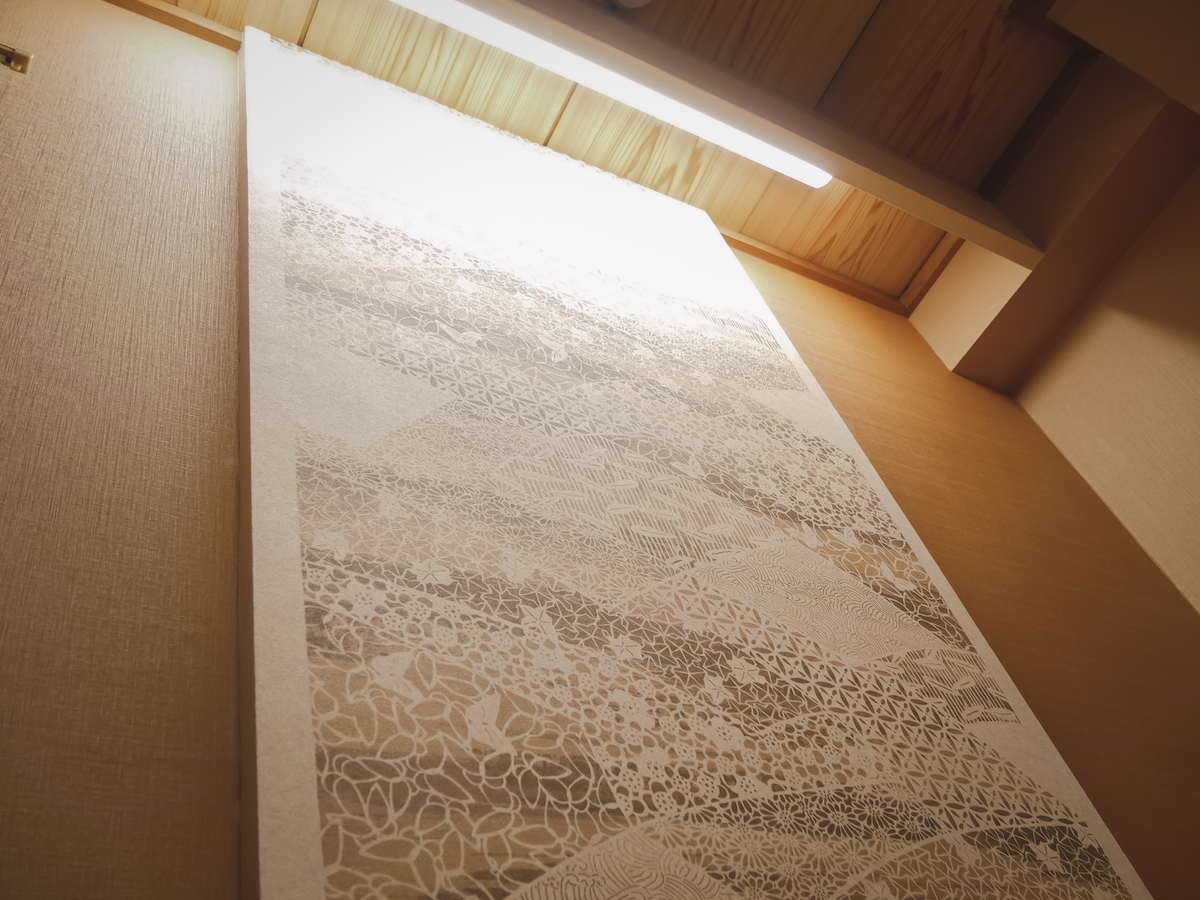
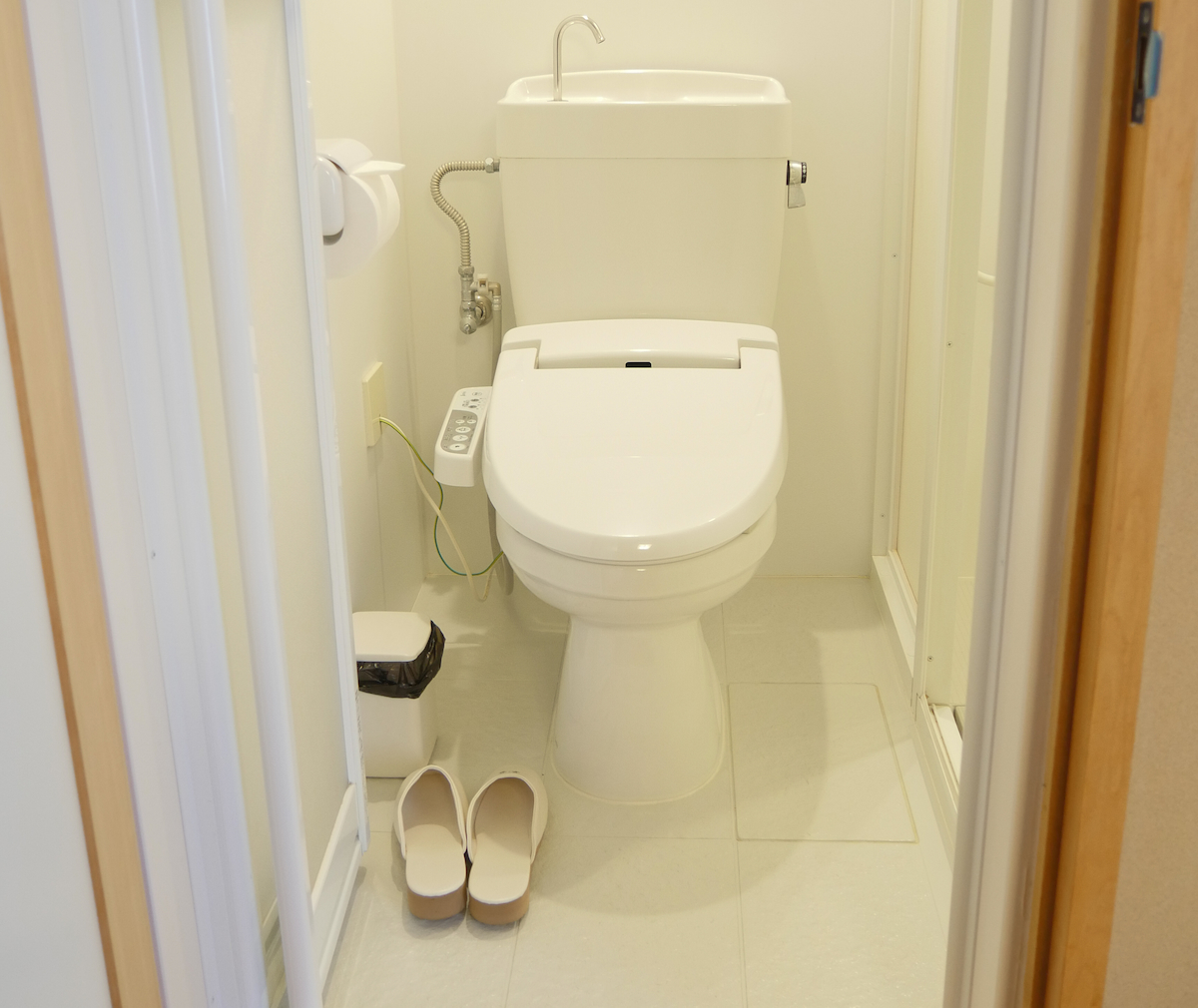
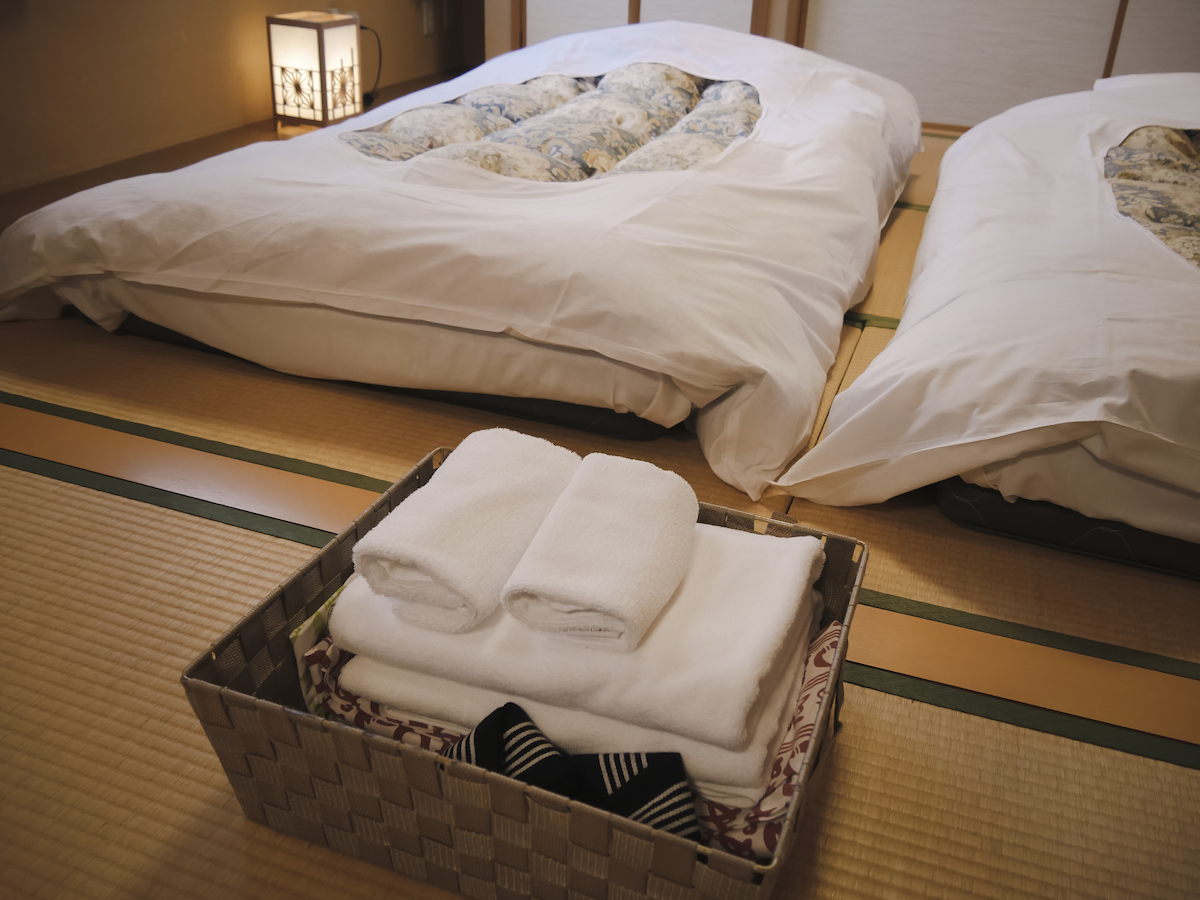
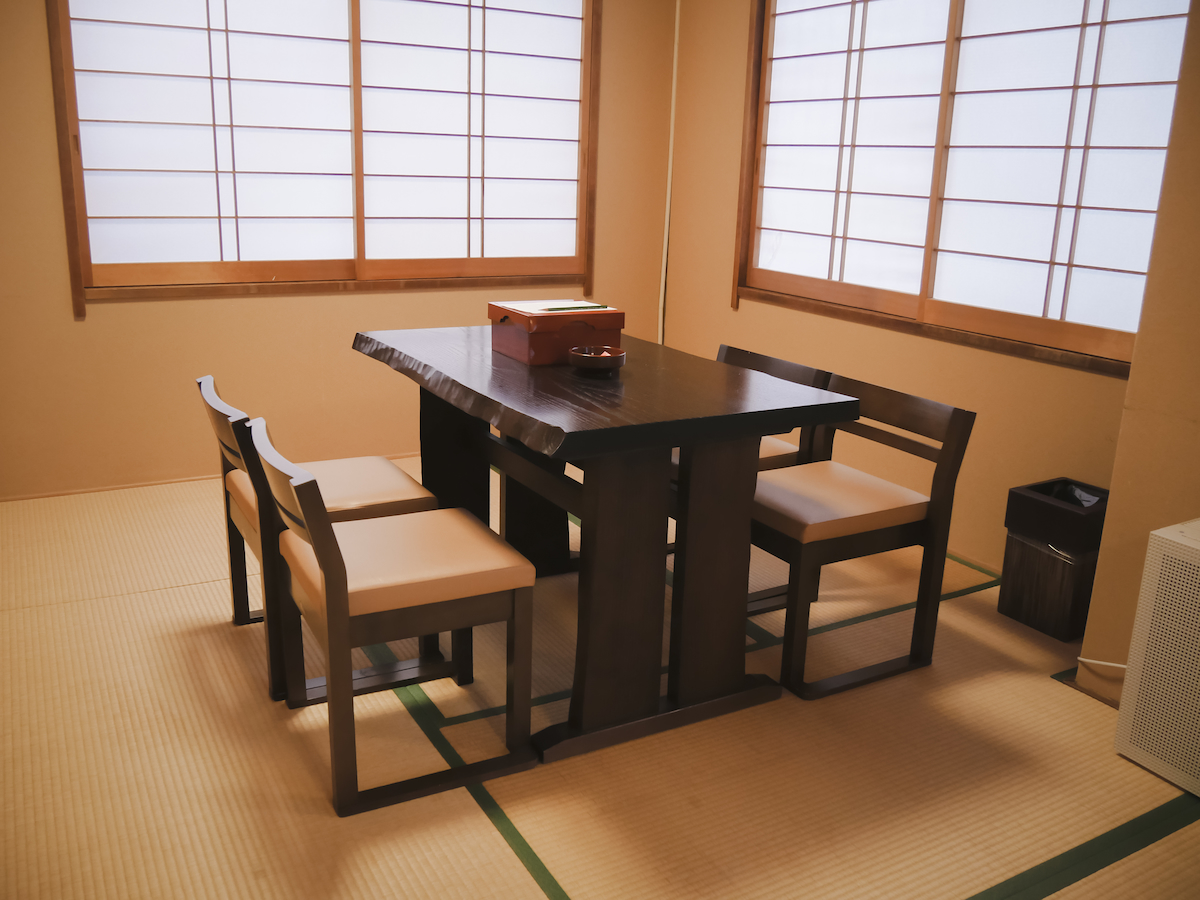
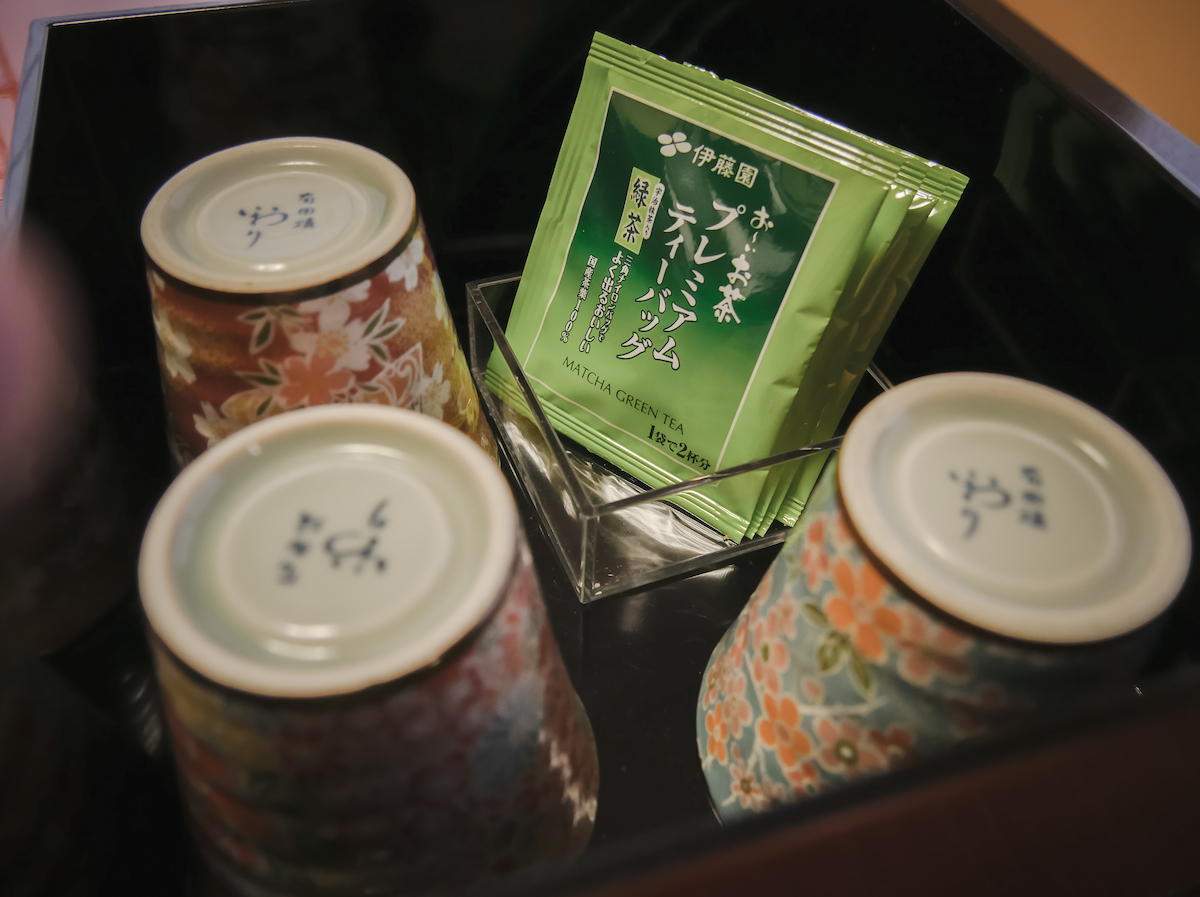
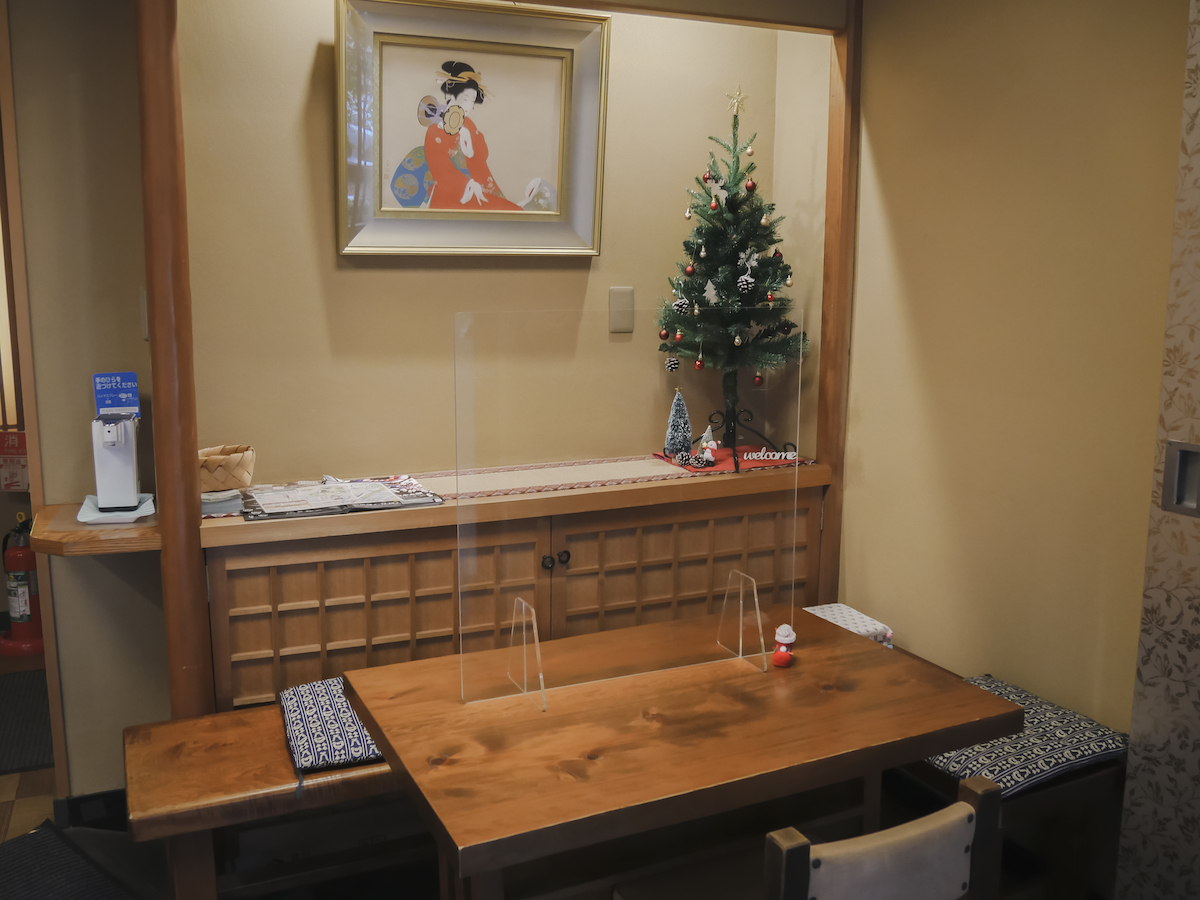
While the ryokan is quite simple in terms of services offered, talking to Yajima-san helps me see that it has no shortage of heart and enthusiasm to please its guests.
Taking over the ryokan came after the sudden passing of her father, and his presence is still felt through the framed pictures of traditional scenes displayed on the walls, pieces he had collected over the years.
Yajima-san continues to say that since most of the staff have been with the ryokan for years, they often give her hints and advice, sharing stories of her how her father used to do things, things that she didn’t have a chance to ask him herself. With the pandemic and restriction of inbound tourism, running a ryokan has been difficult for the past few years, but everyone seems to be excited for the recent increase of visitors. The staff does their best to accommodate any requests that guests might have, from taking photos of them right outside the ryokan with Tokyo Skytree in the background, to giving advice on where to go and what to eat. Yajima-san mentions that this aspect of running a ryokan is the part she enjoys the most.
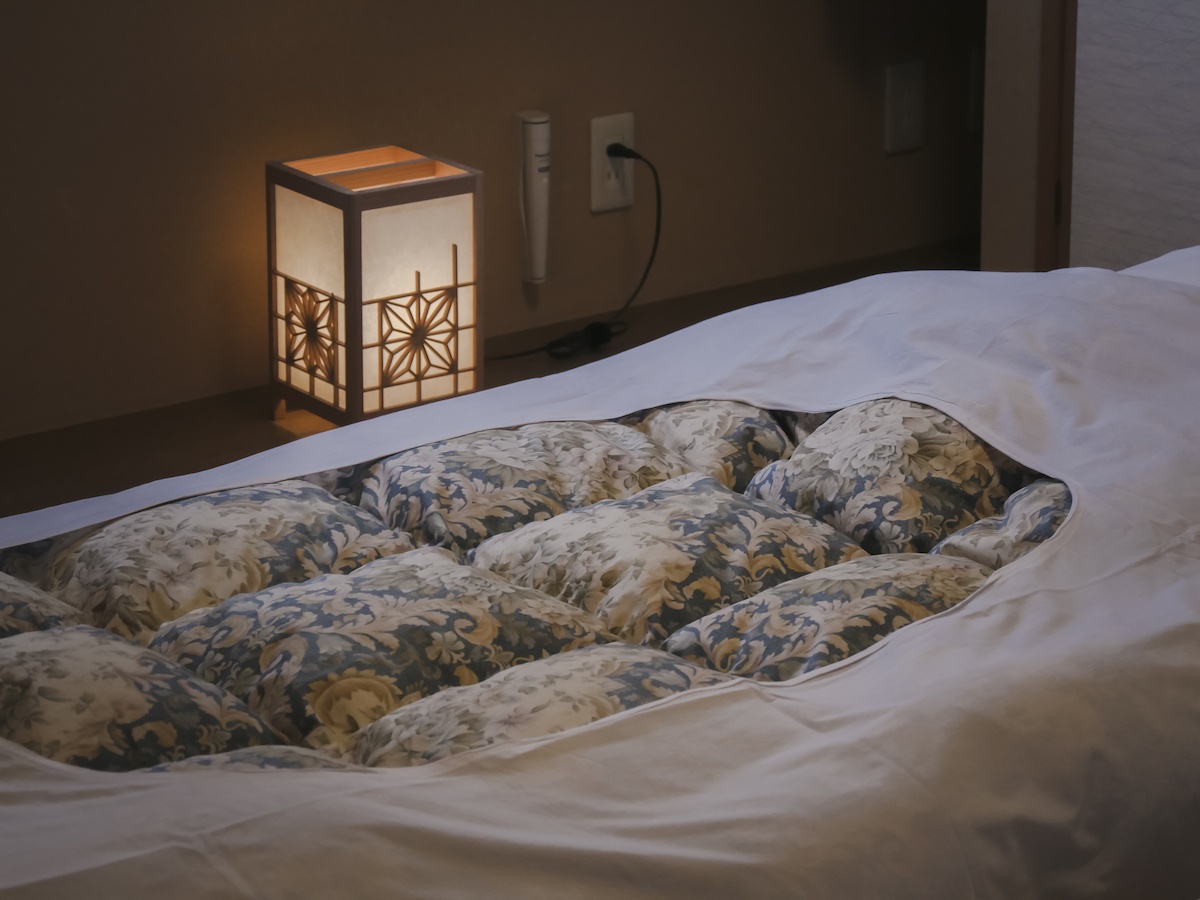
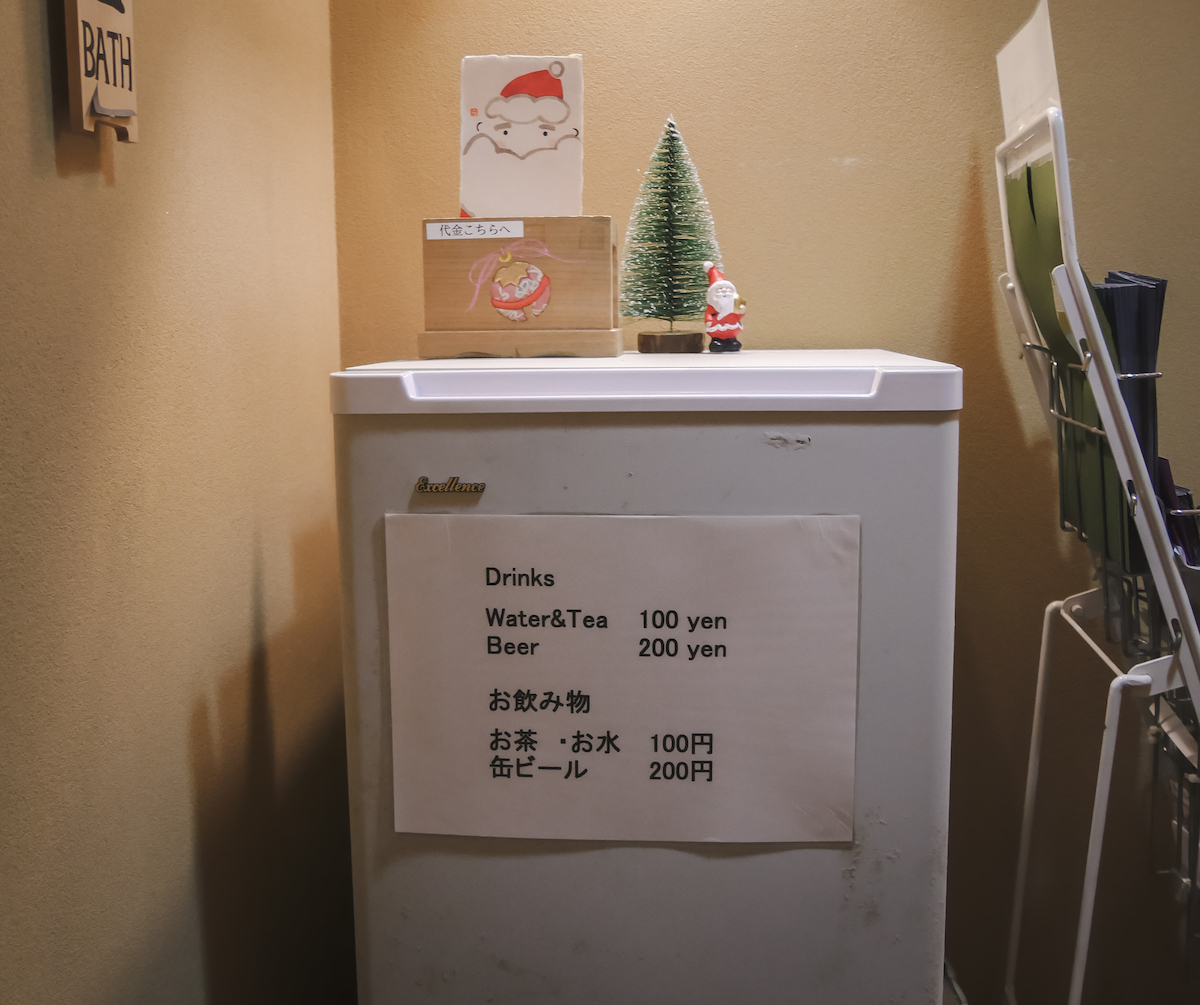
One of the best aspects of staying at a ryokan is the closeness felt between host and guest. Passing through the hallway I notice a small refrigerator with a sign showing prices for the drinks inside, and a coin bank on top of it.
The sight makes me chuckle, as this is a characteristic representative of trust between people in Japan—no one is watching to make sure the drinks are paid for, and yet somehow the allocation of unconditional trust leads to doing the right thing on the part of the receiver as well. What makes this ryokan special? The display of the small refrigerator said it better than I ever could: it’s the connections.
